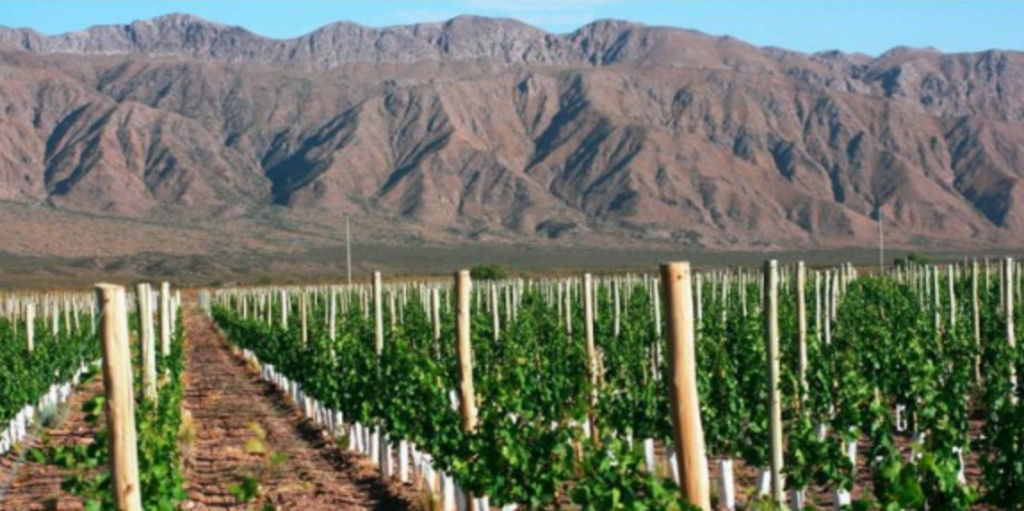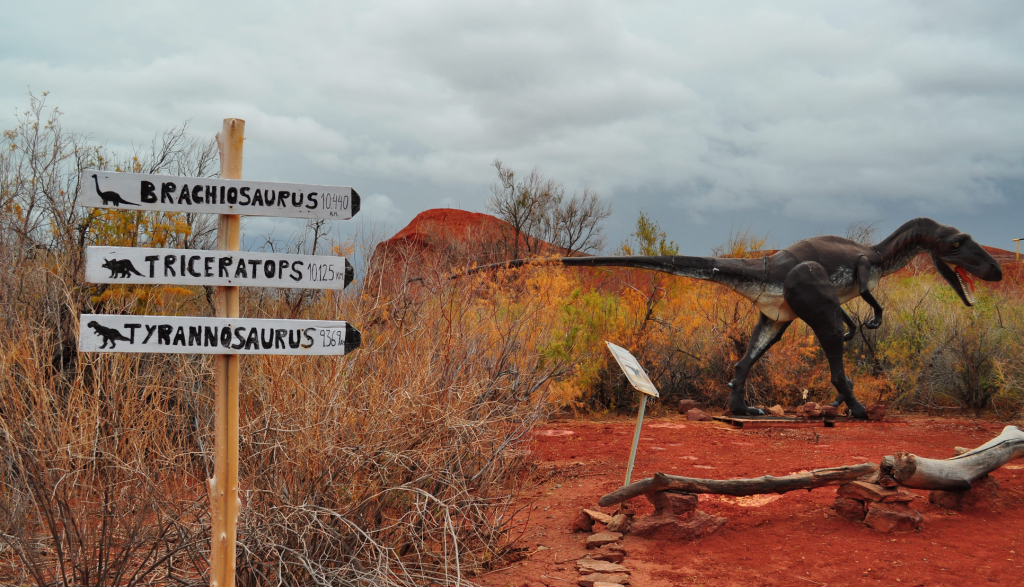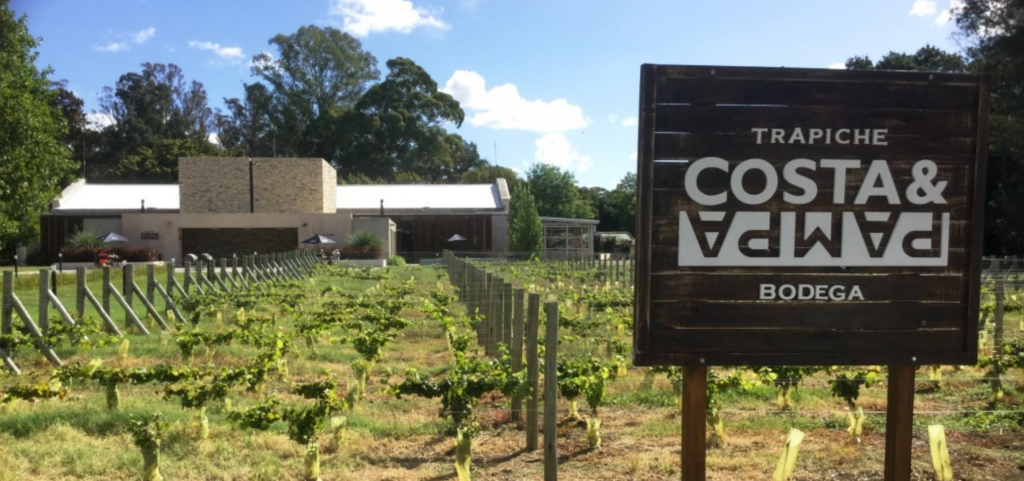When you think of Argentine wine, you most likely think of Malbec and probably from Mendoza. While Mendoza still has the lion’s share of the market (with a whopping 70% of national wine production), Argentina’s wine regions go far beyond Mendoza. And they are definitely worth tracking down and tasting.
Here’s a rundown from north to south, and the bits in between:
Salta’s wine regions
At the tippy top of Argentina lies Jujuy, and then Salta, a region known for beautiful colonial churches, ancient Inca mummies, Argentina’s spiciest empanadas and guitars made from an armadillo’s back. It is also the land of Torrontés – Argentina’s only native wine variety – and some of the highest altitude vine plantations in the world. With vineyards scaling up to 3,000m feet above sea level, the altitude brings great thermal amplitude, which in turn provides excellent conditions for grape growing.
Torrontés is the natural choice to taste from the region, but don’t overlook the reds which achieve a rich concentration yet maintain a more racy acidity. You’ll find savoury Tannat, dark and spicy Cabernet Sauvignon and, of course, Malbec. Travelling a bit further south you’ll come to the Catamarca region and, although it doesn’t hit the same heights in altitude or quality, it continues the tradition of aromatic Torrontés and concentrated, full-bodied reds.
Best wines to try: Torrontés, Tannat, Cabernet Sauvignon, Malbec.
Regions to look out for: Cafayate, Molinos, El Arenal.
Producers to hunt down: Colomé, Etchart, Yacochuya, Matervini, Vallisto, Finca Las Nubes, El Porvenir, Piattelli.
Beyond boozing: Salta is one of Argentina’s top destinations for folkloric music. Check out a peña (local jam session) if you are in town.
San Juan & La Rioja wine regions

San Juan’s wine regions
Moving further south are La Rioja and San Juan – two regions united by the Moon Valley and Bonarda. The warmer and flatter lands of San Juan and La Rioja make them perfect for round, fruit bomb wines – and this is a top spot for Bonarda. The consistent, warm conditions also make these regions good for Syrah and Malbec, and wines from here are often a bargain buy.
In both regions you’ll find some valleys at higher altitudes and also wind tunnels from the Andes mountains that bring more freshness to the zones. As a result, they can also produce great Torrontés and Viognier. The constant winds keep the vines cool and dry. They have also helped create the unusual rock formations in the surrounding valleys like Moon Valley. On the flipside, some regions bear the brunt of the wind and the Zonda region (named after the foehn wind that blows through it) occasionally suffers burnt grapes thanks to the hot, dry and fast winds of often biblical proportions.
Best wines to try: Bonarda, Torrontés, Syrah (Shiraz), Malbec, Cabernet Franc, Viognier, Cabernet Sauvignon.
Regions to look out for: Famatina, Barreal, Tulum, Ullum, Zonda, Pedernal, Calingasta, Zonda.
Producers to hunt down: Callia, Finca Las Moras, Graffigna, Cara Sur.
Beyond boozing: Ischigualasto Park (a.k.a, and much easier-to-pronounce, Moon Valley) is a UNESCO World Heritage Site alongside neighbouring Talampaya Park. They straddle the La Rioja and San Juan regions and offer amazing rock formations and canyons, dinosaur fossils and ancient petroglyphs.

A zonda coming in…
San Rafael & Malargüe wine regions
The first wine region you’ll run into heading south out of Mendoza and beyond the Uco Valley (with an eery landscape of extinct volcanoes lying in between) is San Rafael, and Malargüe further to the west. Both are fertile vine-growing regions with warm, dry climates that have made them big producers of fatter, fruitier-styled reds. San Rafael has also become a producer of charmat-style sparkling wine usually made from Chenin Blanc, Chardonnay and Pinot Noir.
Best wines to try: Sparkling wine, Malbec, Syrah.
Producers to hunt down: Bianchi, Algodon Wine Estates
Beyond boozing: Surrounded by canyons, mountain rivers and dams, Malargüe and San Rafael are an adventure capital for Argentina, with rafting, canyoning, climbing and mountain biking almost all year round.
Patagonia’s wine regions of Neuquen & Rio Negro

Neuquen’s most senior wine club
The regions of Neuquén and Río Negro are considered Argentina’s Patagonian wine region. While still a lengthy 2400km from Patagonia’s main tourist town of Ushuaia, the wine regions are the gateway to Patagonia and the end of the continent. But don’t let that fool you into thinking they are cool climate wine regions; they most certainly are not.
Both Neuquén and Río Negro would be described as continental climates, with warm and dry summers but cold winters. The secret to the success of these regions is the cooling breeze from the southern Andes, which allows the regions to produce attractive white wines with a good balance of fruit and acidity, and lighter red varieties – as well as the omnipresent Malbec. This is a growing region for bubbly too.
Best wines to try: Sauvignon Blanc, Semillon, Pinot Noir, Merlot, Malbec, Sparkling wine.
Producers to hunt down: Chacra, Noemia, Humberto Canale, Marcelo Miras, Bodega Fin del Mundo, Schroeder, Malma.
Beyond boozing: Patagonia is one of the world’s most outstanding regions to visit: glaciers, jaw-dropping mountains, crystal blue lakes, dark forests, penguins, seals, whales, breathtaking landscapes… need I say more?
The Bits In-Between: La Pampa & The Coast
La Pampa: the wild west of winemaking. La Pampa refers to the empty backlands in the middle chunk of Argentina which are mainly dominated by cattle, cowboys and crop-growing. There are, however, some 200 hectares dedicated to winemaking – yeehaa! Hugging the (somewhat) cooler parts next to Río Negro, the main region is 25 de Mayo and the wines to try are later-ripening red varieties that do well under the warm, Pampa sunshine: Cabernet Sauvignon, Cabernet Franc, Merlot and, of course, Malbec.
Try Bodega del Desierto.
The Coast: the newest frontier for winemaking in Argentina. Experimental vineyard plantations along the coastline near Mar del Plata have come to fruition with the first few vintages now coming to light. It doesn’t compare to the bracing cool climates of the Chilean coast, but Argentina’s coastal Sauvignon Blanc, Riesling and Pinot Noir add another dimension to tasting wines from Argentina, and prove – like all the other regions – that Argentina’s wine scene beyond Mendoza is well and truly alive and kicking.
Try Costa y Pampa.

Costa y Pampa’s winery near Buenos Aires

